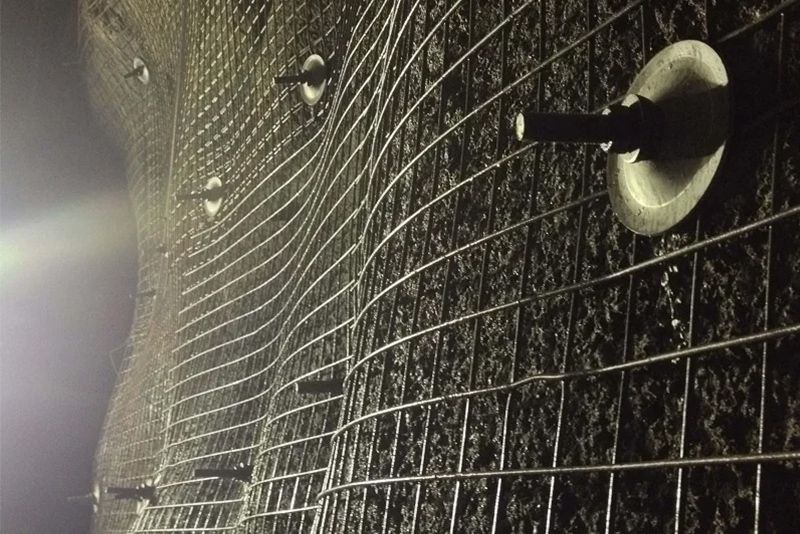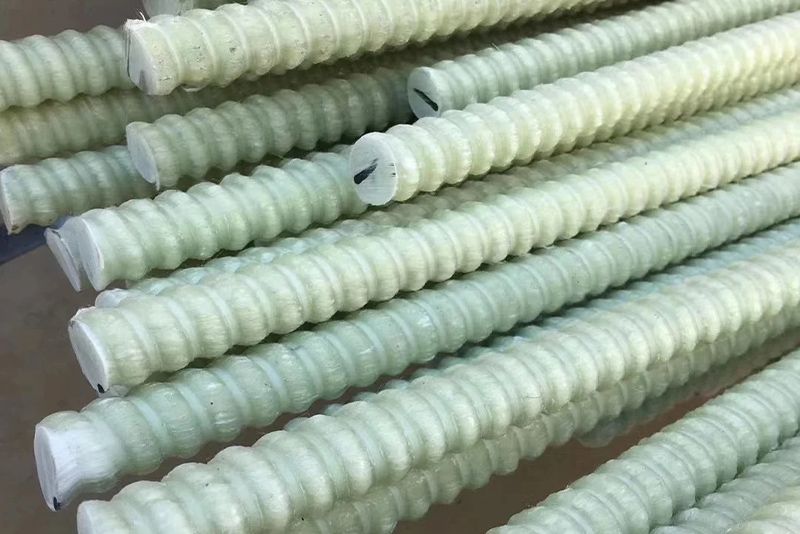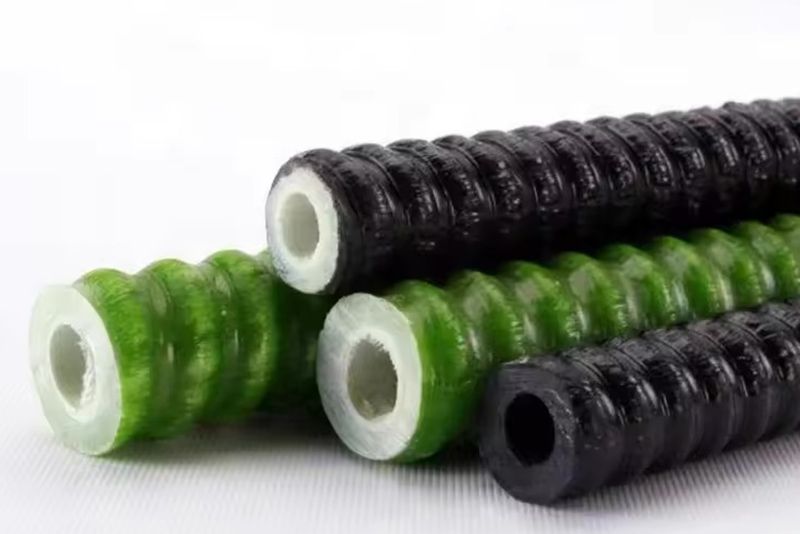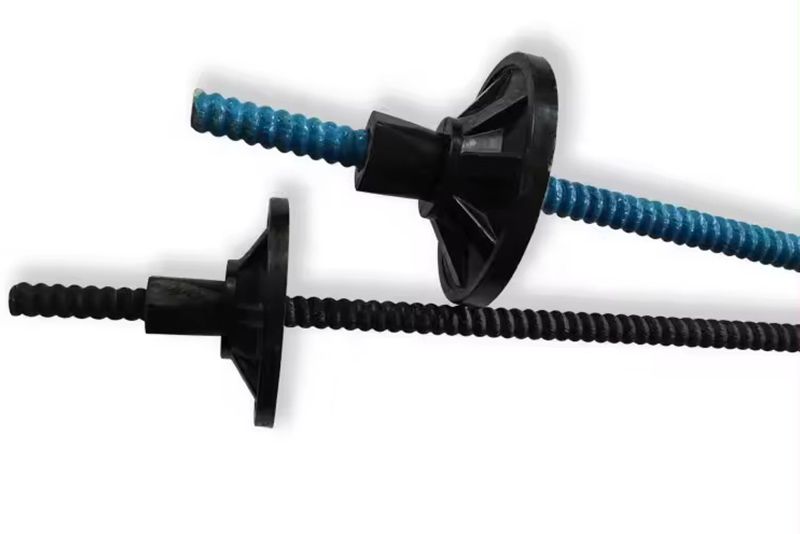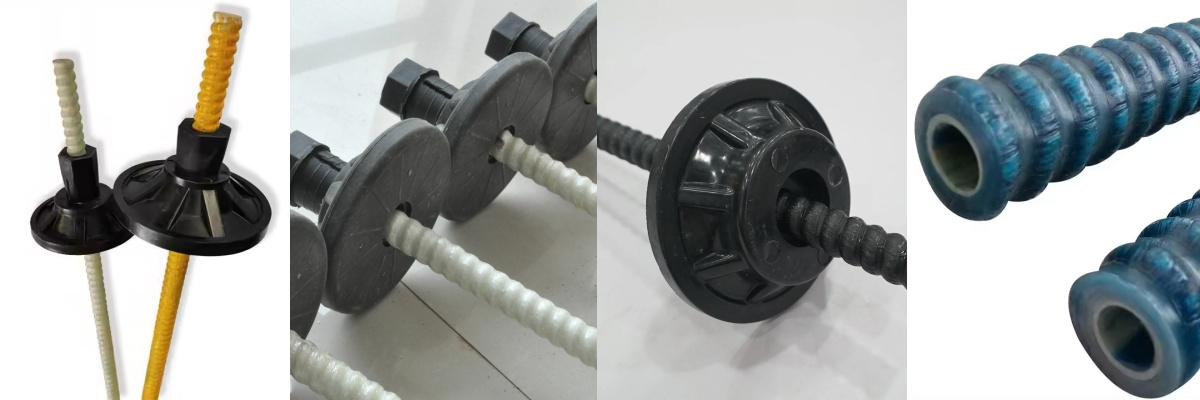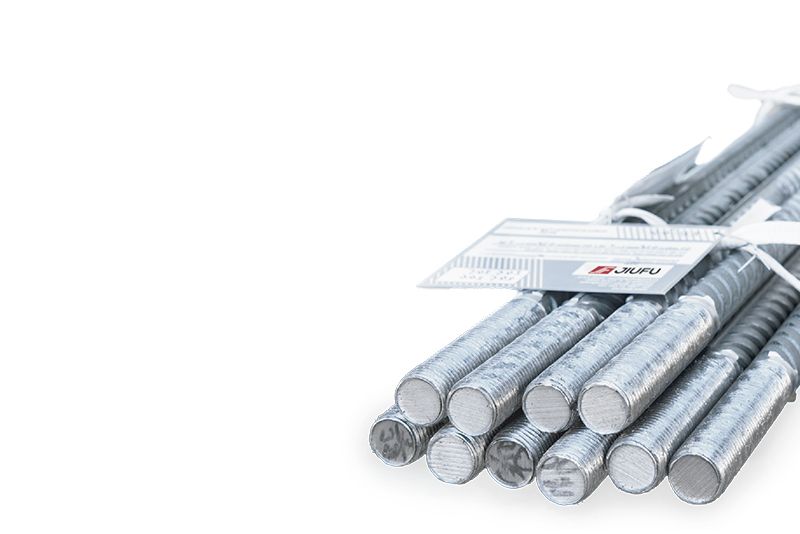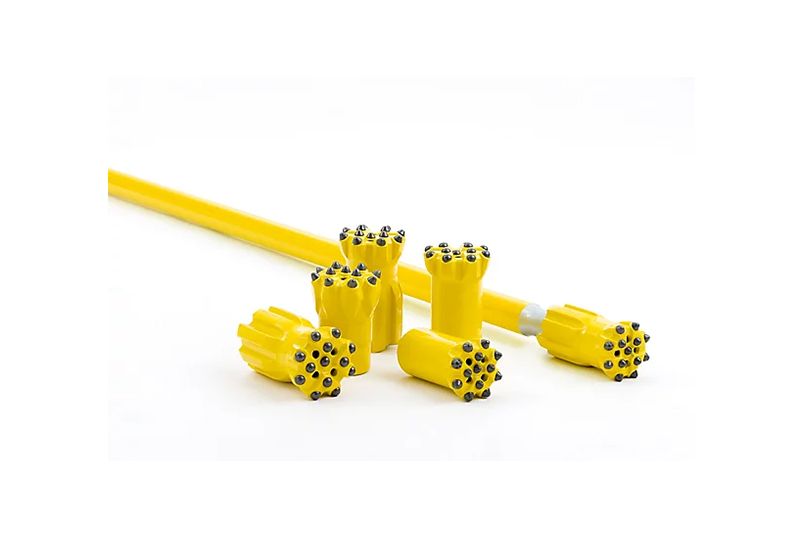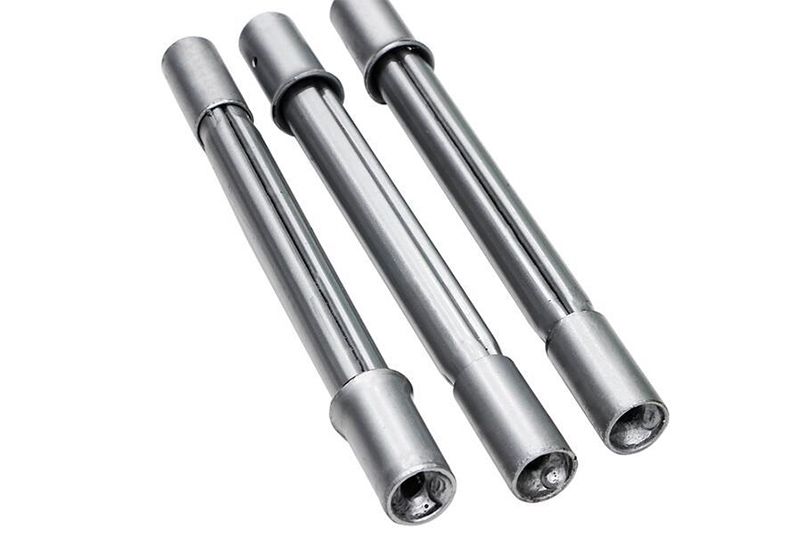Jiufu fully threaded resin anchor glass fiber reinforced rod body is formed by heating and solidifying glass fiber yarn, resin and curing agent. The shape of the rod body is fully threaded from the appearance, and the rotation direction of the thread is to the right. Common colors of the rod include white, yellow, green, black, etc.Conventional specifications are 16mm, 18mm, 20mm, 22mm, and 24mm. (We can customize the length and diameter according to your requirements). The main purpose is to strengthen rock mass. It can be used for coal mine tunnel protection, anchor support of underground projects such as mines and railways, tunnels, and anchor support of slopes such as railways and highways. Compared with traditional bolts, it has the following characteristics:
1. Light rod body: The weight of fiberglass anchor rods is only one-quarter of the mass of steel anchor rods of the same specification.
2. Strong corrosion resistance: Resistant to rust, acid and alkali.
3. Simple operation method: High safety factor.


